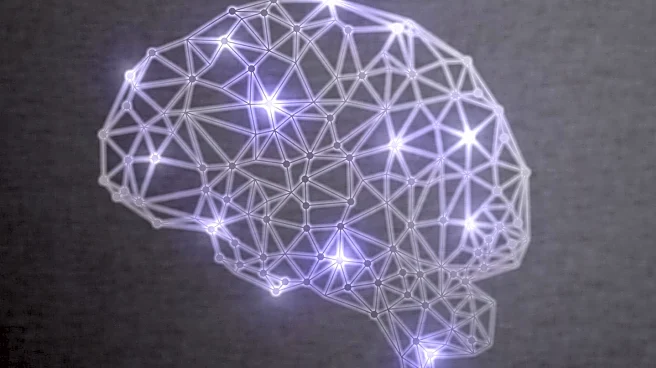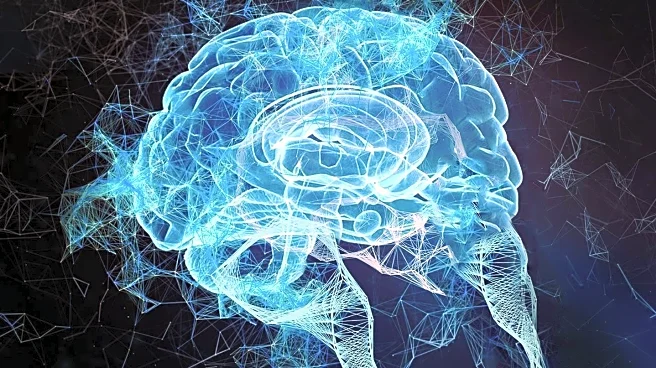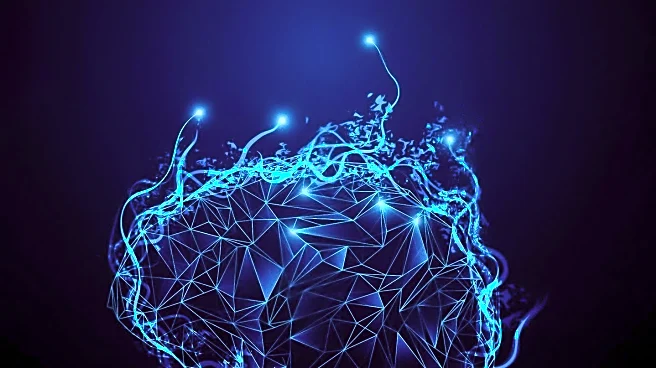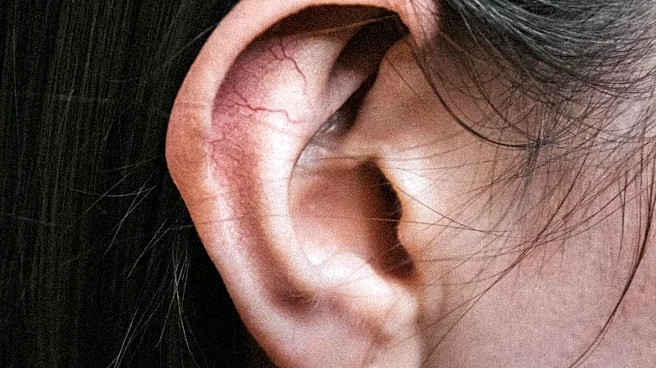What is the story about?
What's Happening?
Recent research has focused on the rostral anterior cingulate cortex (rACC) and its role in emotion processing within individuals suffering from Treatment Resistant Depression (TRD). The study investigates the connectivity of the rACC, a key region of the default mode network (DMN), which is known for its involvement in self-referential thought processes. Findings indicate altered connectivity patterns in TRD, characterized by hyperconnectivity within the DMN and disrupted connectivity with other neural networks. The study highlights the involvement of both supraliminal and subliminal pathways in emotional processing, where supraliminal processing involves conscious perception of emotions, and subliminal processing occurs without conscious awareness. These pathways play crucial roles in how emotional facial expressions are perceived and responded to. The research also examines the processing of positive and negative emotional faces, revealing distinct neural circuits engaged during these tasks, which reflect the nuanced ways the brain interprets and responds to different emotional stimuli.
Why It's Important?
Understanding the neural underpinnings of TRD is crucial for developing targeted treatments for this challenging condition. The study's findings on the rACC's connectivity patterns offer insights into the maladaptive cognitions and biased emotional processing characteristic of depression. By identifying specific neural circuits involved in emotion processing, researchers can better understand the mechanisms underlying TRD and potentially develop interventions that target these pathways. The research also underscores the importance of differentiating between conscious and non-conscious emotional processing, which may contribute to persistent symptoms such as anhedonia and pervasive sadness despite treatment. These insights could lead to more effective therapeutic strategies that address the core symptoms of TRD by modulating the neural circuits involved in emotion regulation and memory integration.
What's Next?
Future research is needed to further explore the dynamic changes in connectivity and their relationship with treatment outcomes in TRD. Longitudinal studies could help untangle trait versus state markers of treatment resistance and provide a deeper understanding of the neural mechanisms involved. Additionally, larger and more diverse cohorts are essential for corroborating the study's findings and ensuring their generalizability. Researchers may also investigate the role of the cerebellum and middle temporal gyrus in non-conscious emotional processing, as these regions have shown altered connectivity in TRD. Such studies could pave the way for interventions that more precisely target the neural bases of TRD's core symptoms, potentially improving treatment efficacy and patient outcomes.
Beyond the Headlines
The study's findings highlight the complexity of emotional processing in TRD, where the rACC's impaired modulation of neural responses to positive stimuli and its altered connectivity with key regions of the emotion processing network may contribute to the disorder's symptoms. The research suggests that TRD involves distinct neural pathways for processing emotional stimuli under conscious and non-conscious conditions, which could inform the development of more nuanced therapeutic approaches. Addressing these neural circuitry disruptions holds promise for advancing our understanding of TRD and improving treatment strategies.
AI Generated Content
Do you find this article useful?













